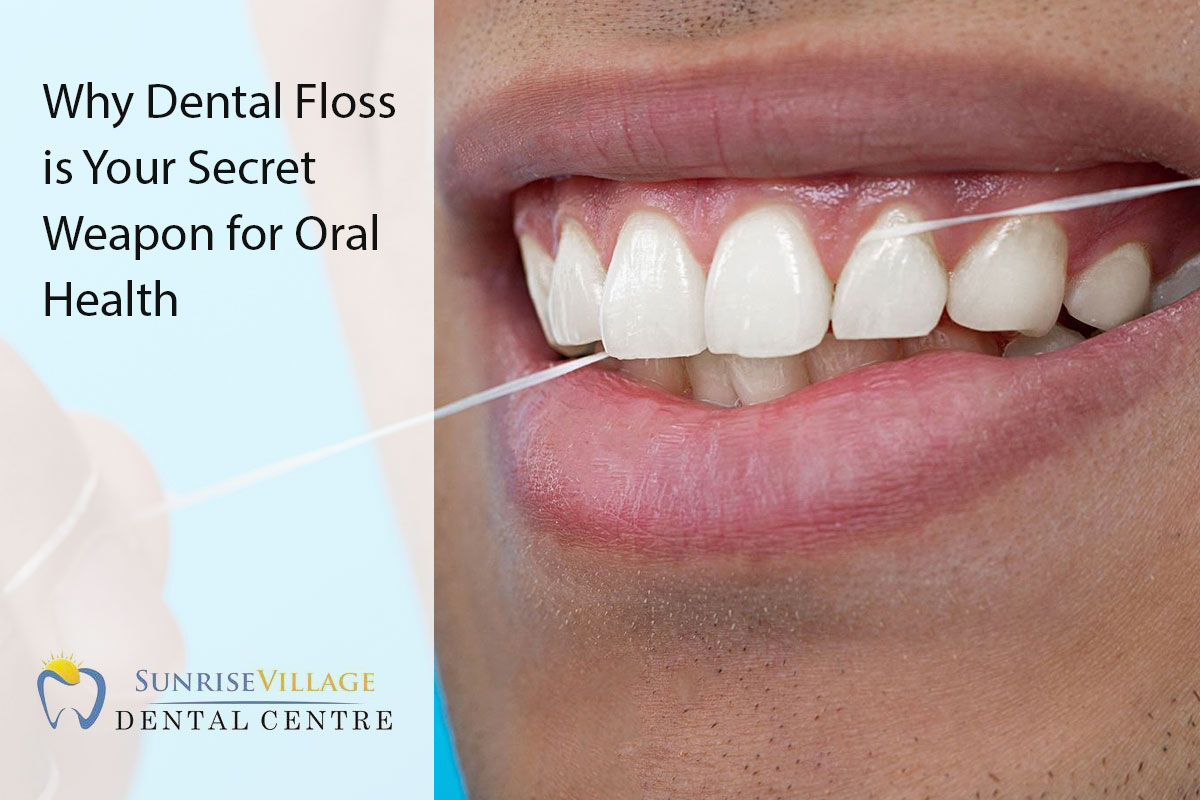
What is dental floss?
Benefits of using dental floss
Regular flossing offers several benefits for your oral health:
- Prevents Cavities: Flossing removes plaque and food particles between your teeth, reducing the risk of tooth decay and cavities, promoting healthy and strong teeth.
- Reduces Gum Disease: Flossing removes plaque along the gumline, preventing gum inflammation, lowering the risk of gum disease, and ensuring the stability of your teeth and overall oral health.
- Freshens Breath: By eliminating trapped food particles and bacteria between teeth, flossing prevents the growth of odor-causing bacteria, keeping your breath fresh.
- Improves Overall Health: Good oral health is linked to better overall health. Regular flossing can contribute to reducing the risk of systemic diseases such as cardiovascular disease, diabetes, and respiratory infections, supporting general well-being.
How to choose the right dental floss
Choosing the right dental floss is key for a comfortable and effective flossing experience. Consider these factors:
- Type of Floss: Options include waxed, unwaxed, flavoured, and tape-style floss. Waxed for smooth sliding, unwaxed for tight spaces, flavoured for a pleasant taste, and tape-style for sensitive gums.
- Thickness: Dental floss comes in different thicknesses or “floss gauge.” Thicker for wider gaps, thinner for tight spaces.
- Personal Preference: Choose dental floss that suits you best by considering factors like texture, flavour, and ease of use based on your preferences.
For personalized recommendations tailored to your oral health needs, consulting with your dentist or dental hygienist can be helpful.
Step-by-step guide on how to floss properly
Flossing, though seemingly straightforward, should be done correctly to maximize its benefits. Follow these steps for proper flossing:
- Choose an adequate amount of floss: Cut a piece about 18 to 24 inches long, ensuring a fresh section for each tooth.
- Wrap the floss: Hold it tightly between your thumbs and index fingers, leaving 1 to 2 inches to work with, and use your middle fingers to guide.
- Slide between teeth: Gently slide the floss back and forth between teeth, avoiding snapping to prevent gum harm.
- Curve the floss: Form a C-shape around each tooth, sliding gently under the gumline without forcing or applying excessive pressure.
- Clean both sides: Move the floss up and down along each tooth’s side, ensuring thorough cleaning of outer and inner surfaces.
- Use fresh floss: Unwind a new section as you move between teeth to prevent transferring bacteria.
- Rinse and dispose: After flossing, rinse your mouth to remove debris, and dispose of used floss properly.
Tips for incorporating flossing into your daily routine
Cultivating a flossing habit may take time, but these tips can assist you in making it a part of your daily routine:
- Set a reminder: Place a sticky note on your bathroom mirror or schedule a daily reminder on your phone to floss. Incorporating it into your routine will help you remember to do it consistently.
- Try different aids: If traditional flossing feels challenging, explore flossing aids like dental picks, pre-threaded flossers, or water flossers. Experiment with various tools to find the one that suits you best.
- Make it enjoyable: Enhance the flossing experience by using flavoured floss or listening to music or a podcast. Finding ways to make it enjoyable can boost your motivation to stick with the habit.
- Lead by example: If you have children or share a living space, flossing together can create a positive influence, encouraging everyone to prioritize their oral health.
- Reward yourself: Acknowledge small victories by rewarding consistent flossing. It could be as simple as treating yourself to a favourite snack or indulging in a relaxing activity.
Remember, consistency is crucial for effective flossing. Strive to floss at least once a day, preferably before brushing your teeth, to maximize its benefits
